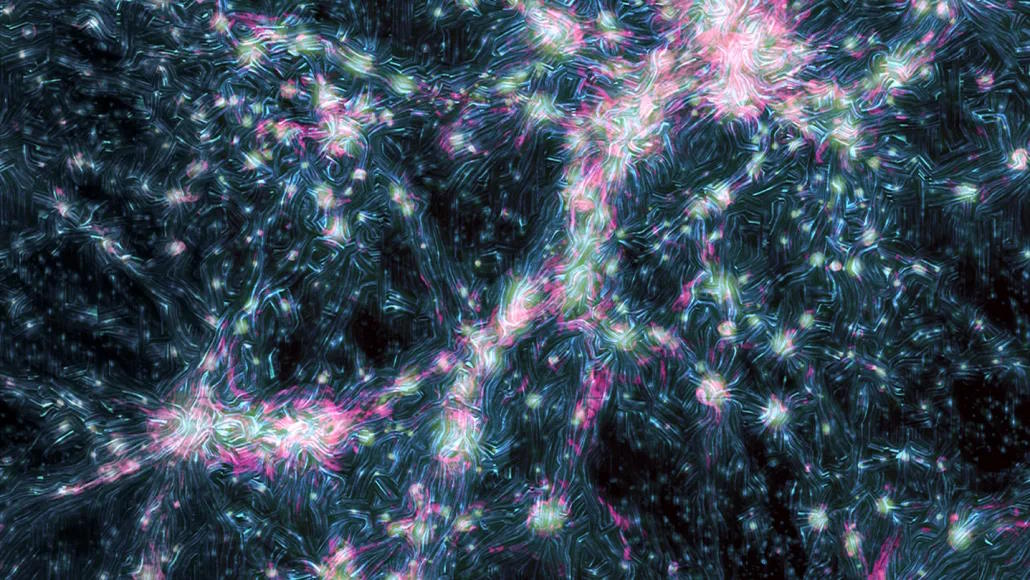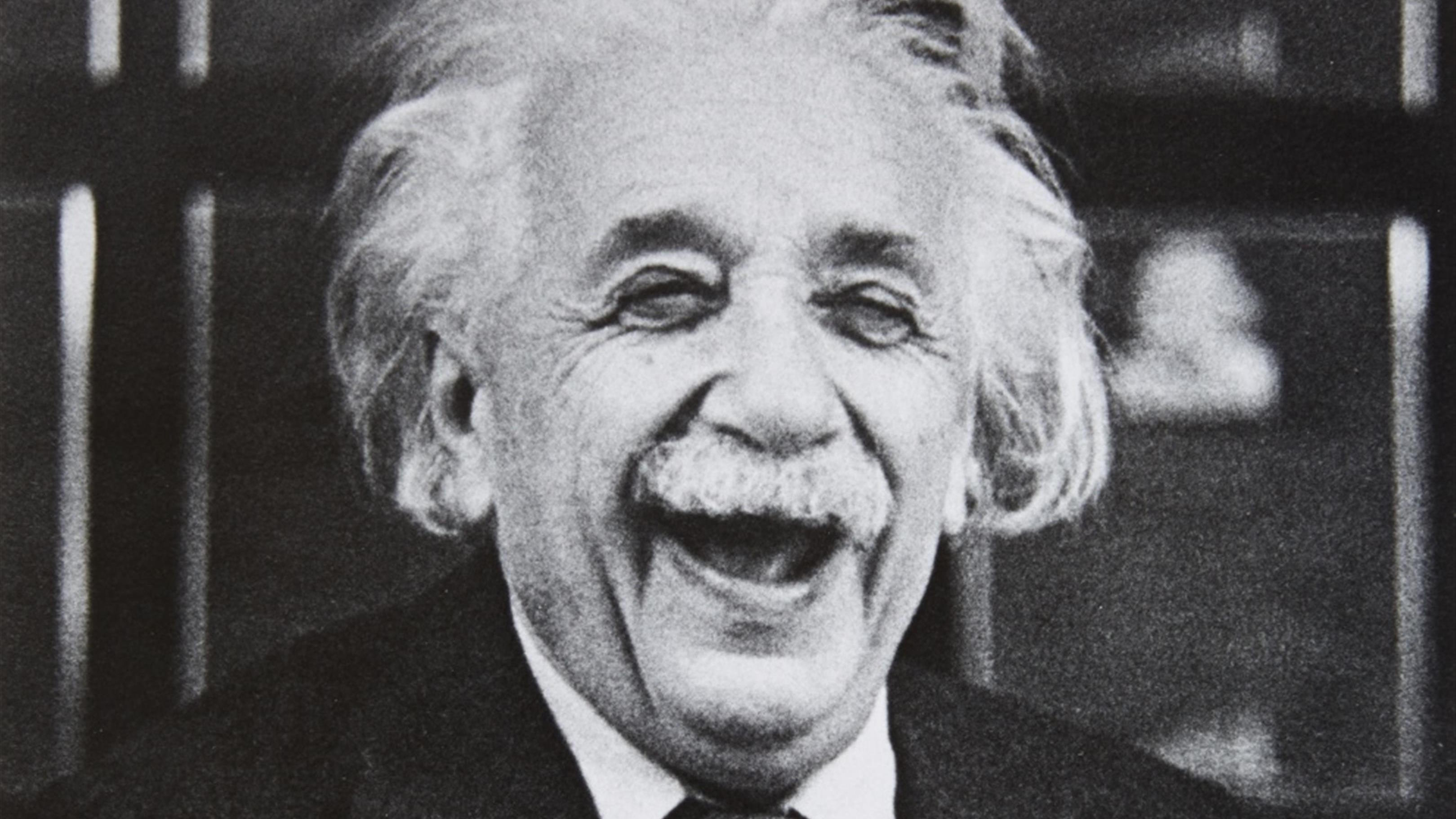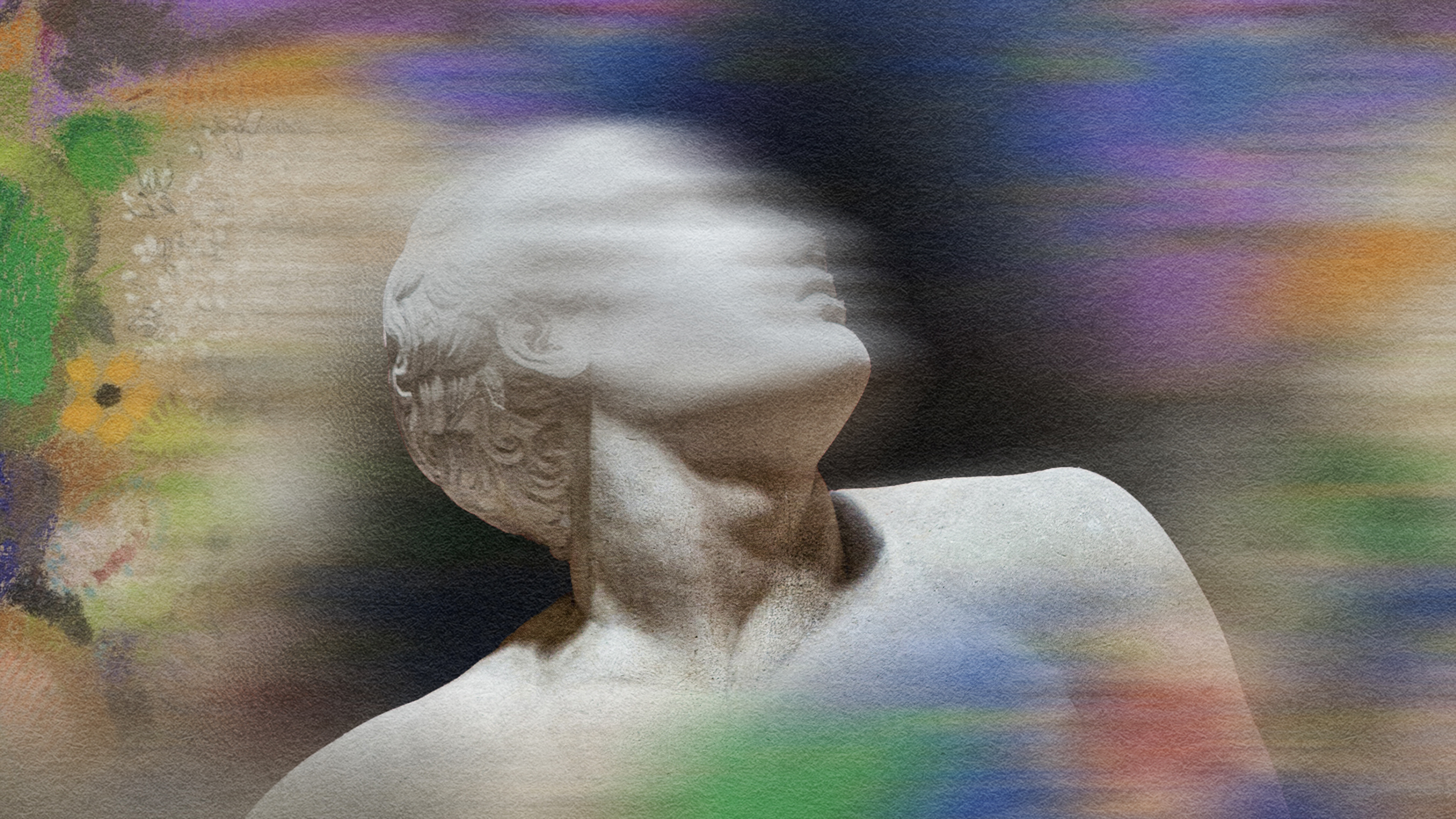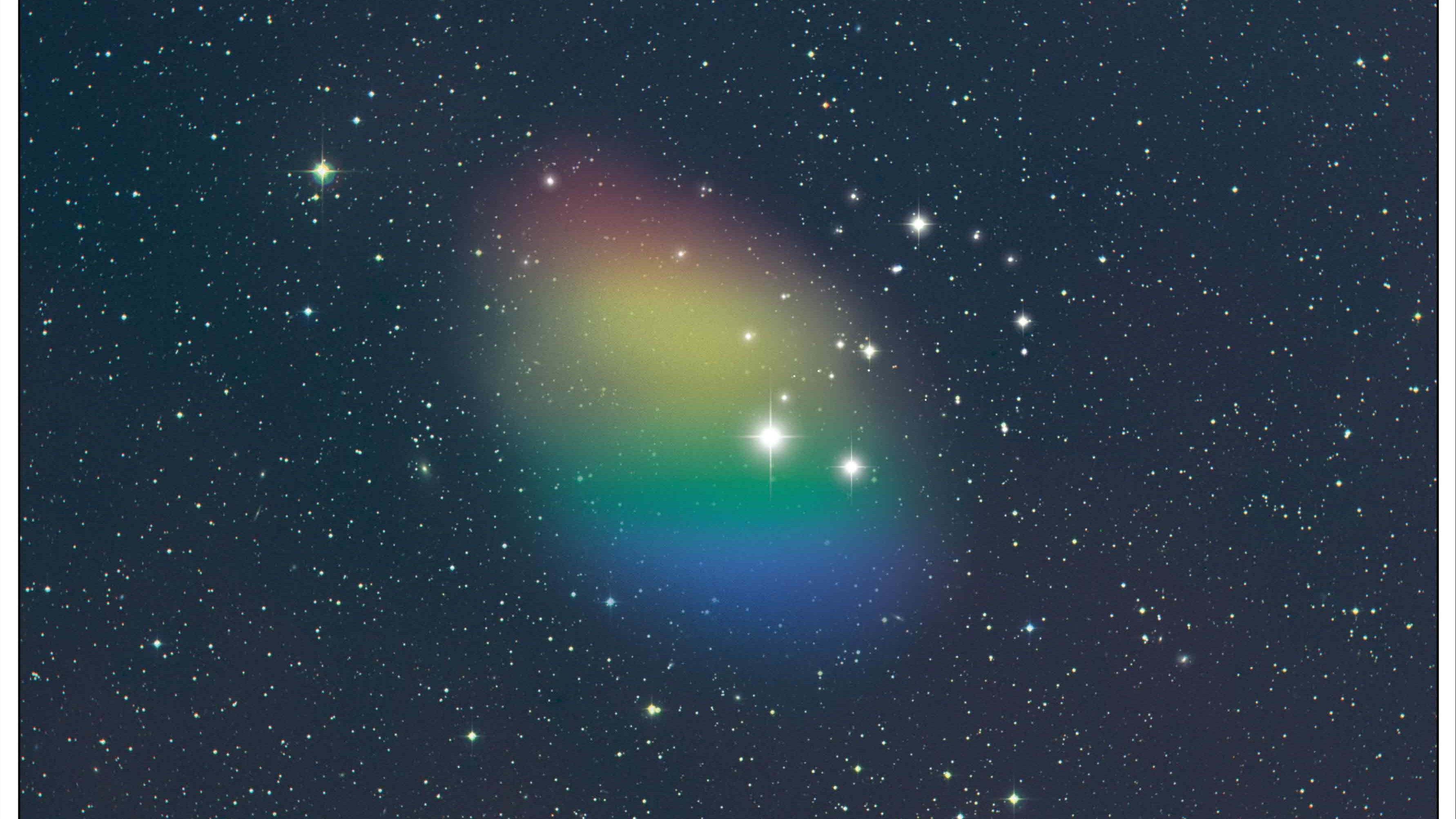How we’ll finally wind up testing quantum gravity
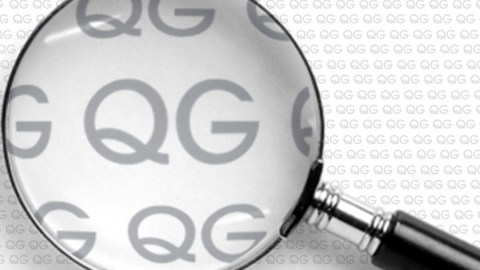
We have every reason to believe gravity is an inherently quantum theory. Here’s how we’ll prove it once and for all!
The following article was written by Dr. Sabine Hossenfelder. Sabine is a theoretical physicist specialized in quantum gravity and high energy physics. She also freelance writes about science.
“There was a long history of speculation that in quantum gravity, unlike Einstein’s classical theory, it might be possible for the topology of spacetime to change.” –Edward Witten
If you have good eyes, the smallest objects you can make out are about a tenth of a millimeter: roughly the width of a human hair. Add technology, and the smallest structures we have measured so far are approximately 10^-19 m, that’s the wavelength of the protons collided at the LHC. It has taken us about 400 years from the invention of the most primitive microscope to the construction of the LHC — an improvement of 15 orders of magnitude in four centuries.
Quantum effects of gravity are estimated to become relevant on distance scales of approximately 10^-35 m, known as the Planck length. That’s another 16 orders of magnitude to go, or another factor of 10¹⁶ in terms of collider energy. It makes you wonder whether it’s possible at all, or whether all the effort to find a quantum theory of gravity will forever languish as idle speculation.
I am optimistic. The history of science is full with people who thought things to be impossible that have meanwhile been done: measuring the light deflection on the sun, heavier-than-air flying machines, detecting gravitational waves. Hence, I don’t think it’s impossible to experimentally test quantum gravity. Maybe it will take decades, or maybe it will take a number of centuries — but if only we keep pushing, one day we will measure quantum gravitational effects. Not by directly crossing those next 16 orders of magnitude, I believe, but instead by indirect detections at lower energies.
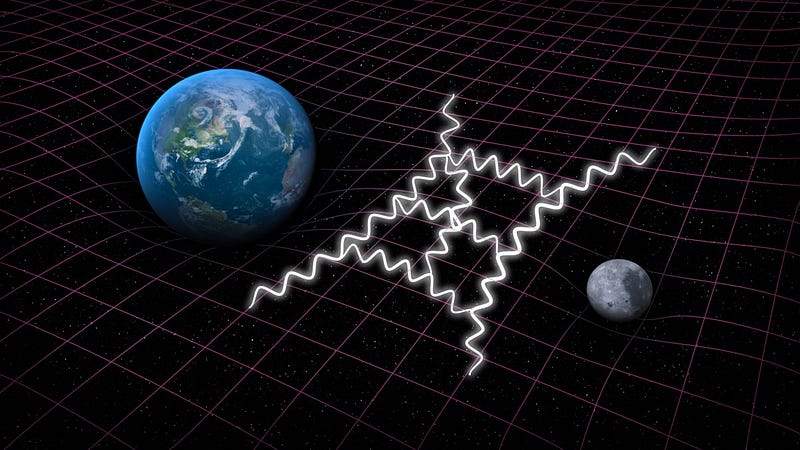
From nothing comes nothing, though. If we don’t think about how quantum gravitational effects could appear and where they might show up, we’ll certainly never find them. But fueling my optimism is the steadily increasing interest in the phenomenology of quantum gravity, the research area dedicated to studying how to best find evidence for quantum gravitational effects.
Since there isn’t any one agreed-upon theory for quantum gravity, existing efforts to find observable phenomena focus on finding ways to test general features of the theory, by looking for properties that have been found in several different approaches to quantum gravity. Quantum fluctuations of space-time, for example, or the presence of a “minimal length” that would impose a fundamental resolution limit. Such effects can be quantified in mathematical models, which can then be used to estimate the strength of the effects and allow us to judge which experiments are most promising.
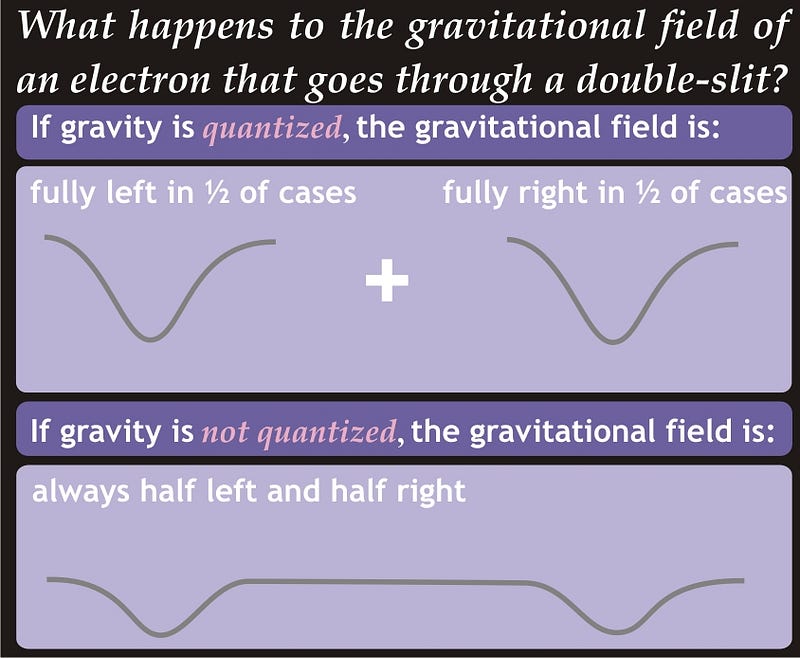
Testing quantum gravity has long been thought to be out of reach of experiments, based on estimates that show it would take a collider the size of the Milky Way to accelerate protons enough to produce a measurable amount of gravitons (the quanta of the gravitational field), or that we would need a detector the size of planet Jupiter to measure a graviton produced elsewhere. Not impossible, but clearly not something that will happen in my lifetime.
Such arguments, however, merely concern the direct detection of gravitons, and that isn’t the only manifestation of quantum gravitational effects. There are various other observable consequences that quantum gravity could give rise to, some of which have already been looked for, and others that we plan to look for. So far, we have only negative results. But even negative results are valuable because they tell us what properties the sought-after theory cannot have.
One testable consequence of quantum gravity might be, for example, the violation of the symmetry fundamental to special and general relativity, known as Lorentz-invariance. Interestingly, it turns out that violations of Lorentz-invariance are not necessarily small even if they are created at distances too short to be measurable. Instead, these symmetry violations seep into many particle reactions at accessible energies, and these have been tested to extremely high accuracy. No evidence for violations of Lorentz-invariance have yet been found. This might sound like not much, but knowing that this symmetry has to be respected to an incredible degree of precision by quantum gravity is an extremely useful guide in the development of the theory.
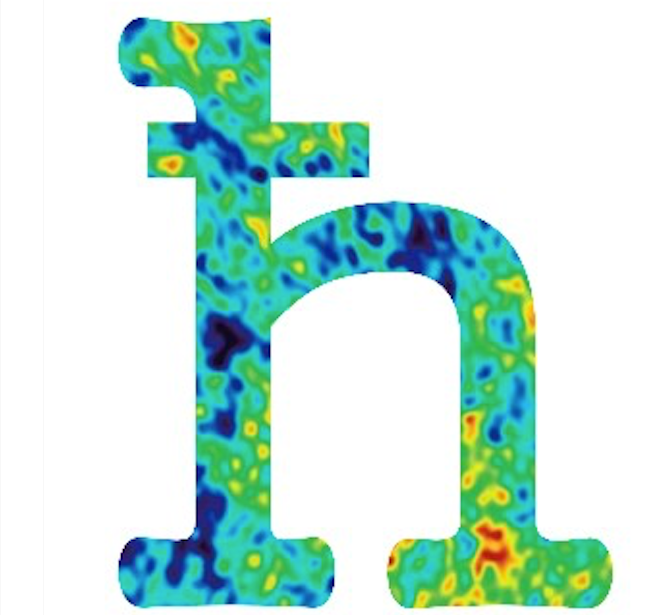
Other testable consequences might be in the weak-field limit of quantum gravity. In the early universe, quantum fluctuations of space-time would have led to temperature fluctuations appearing in matter. These temperature fluctuations are still observable today, imprinted in the Cosmic Microwave Background (CMB). The imprint of such “primordial gravitational waves” on the CMB has not yet been measured (LIGO is not sensitive to them), but they expected to be within one-to-two orders of magnitude of current measurement precision. A lot of experimental collaborations are currently searching for this signal, including BICEP, POLARBEAR and Planck. This raises the question of whether it is possible to infer from the primordial gravitational waves that gravity must have been quantized in the early universe. (Ethan Siegel argues that yes, it is.) Answering this question is, at present, one of the most active areas in quantum gravity phenomenology.
Another method for testing the weak-field limit of quantum gravity are attempts to bring large objects into quantum superpositions: objects that are much heavier than elementary particles. This makes the gravitational field stronger and potentially offers the chance to probe its quantum behavior. The heaviest objects that have so far been brought into superpositions weigh about a nano-gram, which is still several orders of magnitude too small to measure the gravitational field. But a group in Vienna recently proposed an experimental scheme that would allow us to measure the gravitational field more precisely than ever before. We are slowly closing in on the quantum gravitational range.
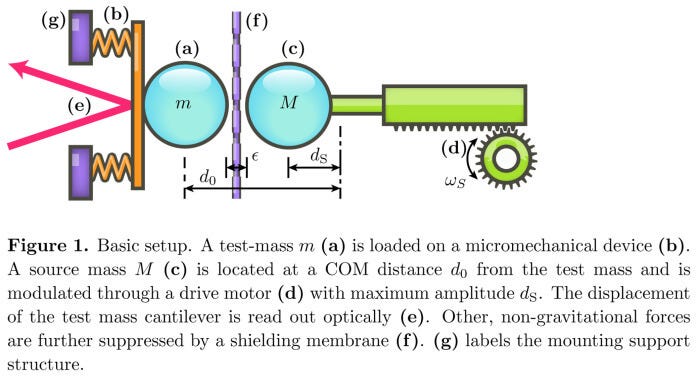
(Note that this is a different use of the term than in astrophysics, where “strong gravity” is sometimes used to mean something different, referring to large deviations from Newtonian gravity which can be found, e.g., around the event horizons of black holes. In comparison to the Planckian curvature required for strong quantum gravitational effects, this is still exceedingly weak.)
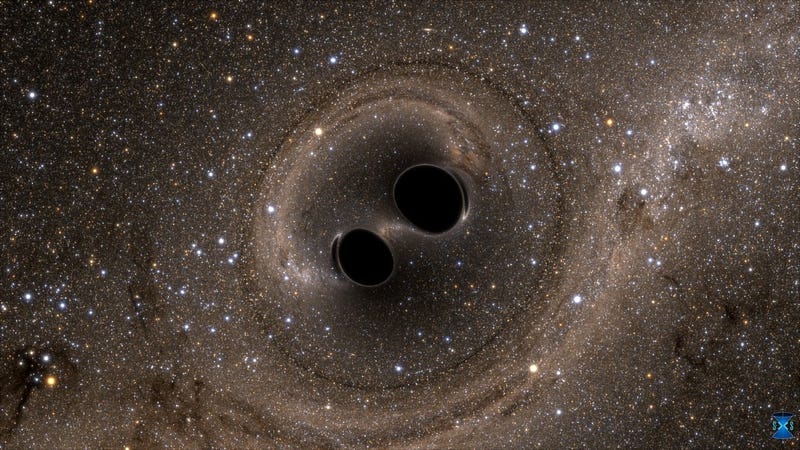
Strong quantum gravitational effects could also have left an imprint (distinct from the weak field effects) in the CMB, notably in the type of correlations that can be found between the fluctuations. There are various models of string cosmology and loop quantum cosmology that have explored the observational consequences, and proposed experiments like EUCLID, PRISM and later, WFIRST, might find first hints. Also, the upcoming experiments to test the 21-cm hydrogen absorption could harbor information about quantum gravity.
A somewhat more speculative idea is based on a recent theoretical finding that claims the gravitational collapse of matter might not always form a black hole, but rather the entire system could escape the formation of a horizon. If that is so, then the remaining object would give us open view on a region with quantum gravitational effects. It isn’t yet clear exactly what signals we would have to look for to find such an object, but this is a promising research direction, if our physical universe cooperates, because it could give us direct access to strong space-time curvature.
There are many other ideas out there. A large class of models, for example, deals with the possibility that quantum gravitational effects endow space-time with the properties of a medium. This can lead to the dispersion of light (colors running apart), birefringence (polarizations running apart), decoherence (preventing interference), or an opacity of otherwise empty space. More speculative ideas include Craig Hogan’s quest for holographic noise, Bekenstein’s table-top experiment that searches for Planck-length discreteness, or searches for evidence of a minimal length in tritium decay. Some general properties that have recently been found and that we yet have to find good experimental tests for are geometric phase transitions in the early universe or dimensional reduction.

Without doubt, there is much that remains to be done. But we’re no longer solely in the realm of theory when it comes to quantum gravity. There are many avenues to walk down to find the first experimental signatures that gravity truly is a quantum force. The search has already begun.
This post first appeared at Forbes. Leave your comments on our forum, check out our first book: Beyond The Galaxy, and support our Patreon campaign!

